How to hand pollinate vegetables
Many vegetables commonly grown in container gardens need help with pollination. Learning how to hand pollinate vegetables will help you make the most of your growing garden.
Bees, wasps and other pollinator insects (and even some birds) usually do most of the work.
One early morning this summer, I was checking my plants and happened to see a bee land on an open male cucumber flower, then buzz over to a blooming female flower.
It was the coolest thing ever to watch pollination actually in progress! The bee did a great job too … I got a nice big cucumber off that flower and made pickles. Thanks bee!
But sometimes you don’t have many pollinators around, especially since bee populations are in serious decline. And even when you do, you most likely won’t catch them in the act to know for sure pollination took place.
Or maybe you have a good number of pollinators but want to be doubly sure the plants in your vegetable garden get fertilized. (Here’s how to attract more pollinators to your container garden.)
Either way, hand pollinating can help!
This post may contain affiliate links. If you buy something through these links, we may earn a small commission at no cost to you.

Determine your plant’s type of pollination
The first thing that you will want to do is determine if your plant is self-pollinating. This is pretty easy, even for beginners or any home gardeners!
There are a couple of ways to tell. You can wait until your plant starts to bloom and inspect the flowers; if there are two different types and one has a little baby fruit forming at the base, you have a non-self-pollinating plant. Or you can check the seed packet for pollination information, or even just Google it.
Self-pollinating vegetables can fertilize themselves because their flowers contain both male and female parts. In this case, pollination usually just needs a breeze to shake the pollen loose.
If your plant self-pollinates, then no extra effort is needed on your part.
Non-self-pollinating plants (known as open- or cross-pollinating) have separate male and female flowers. That means the pollen from the male flower must be transferred to the female, usually by a pollinator insect or bird. A strong wind can also do the trick.
Veggies in the cucurbit family are a good example (zucchini, melons, pumpkins, etc.).
Common self-pollinating vegetables:
- Tomatoes
- Peppers (sweet and hot)
- Eggplant
- Beans (for example lima beans, green beans)
- Peas
Common cross- or open-pollinating vegetables:
- Cucumbers
- Melons
- Summer squash (zucchini, yellow crookneck, scallopini)
- Winter squash (pumpkin, acorn, white hubbard)
Note: Some open-pollinating vegetables like okra and corn will generally pollinate themselves with the wind and other movement. You can hand-pollinate to be sure they fertilize, but it’s not usually necessary.
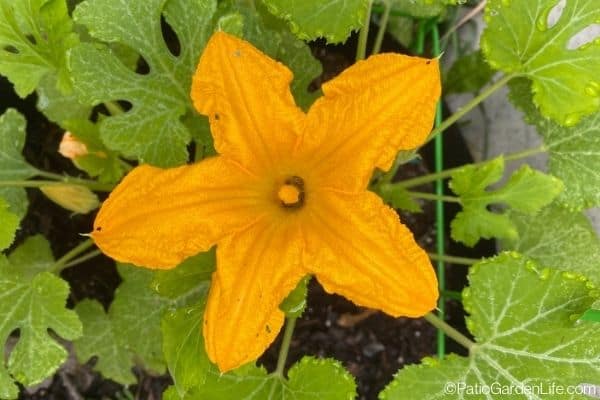
When to hand pollinate
If you have a non-self-pollinating vegetable, then first you need to keep an eye on when the male and female flowers are blooming.
Male flowers generally grow on a straight stem. Female flowers often have a tiny baby vegetable at the base of the flower.
Many flowering vegetable plants send out a number of male flowers before producing a female. Until you see females start to appear, you can snip off the male flowers (but I always leave 1-2 in bloom just in case a female pops up quickly!).
Once a female flower appears, you might have a few hours to 1-2 days to pollinate.
Most vegetable flowers bloom early in the morning, so that’s the best time to get out to your container garden, check the blooms, and hand pollinate if you see a female.
How to hand pollinate
There are two main ways to hand pollinate vegetable flowers:
- Use a small paintbrush or cotton swab and collect pollen from a male flower. Carefully transfer this pollen to the female flower. Be sure not to shake pollen off the brush or swab before you make it to the female!
- Snip off the male bloom and strip back the large petals, leaving the stamen. Be careful not to touch or shake the stamen itself, and protect from the wind. Brush the stamen against the female parts inside the female flower.

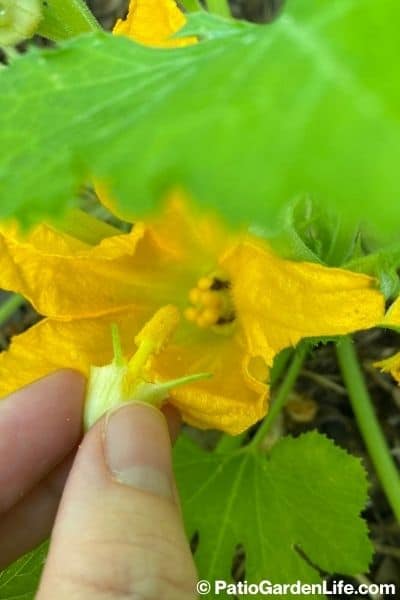
More container gardening tips and ideas:
- How to grow zucchini in containers
- How to grow pumpkins in containers
- How to grow cucumbers in containers
- How to grow okra in pots
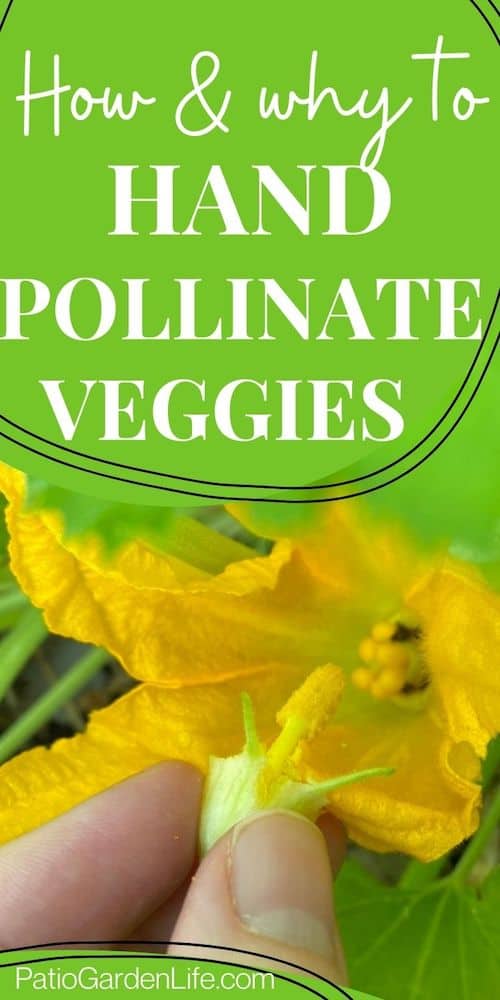

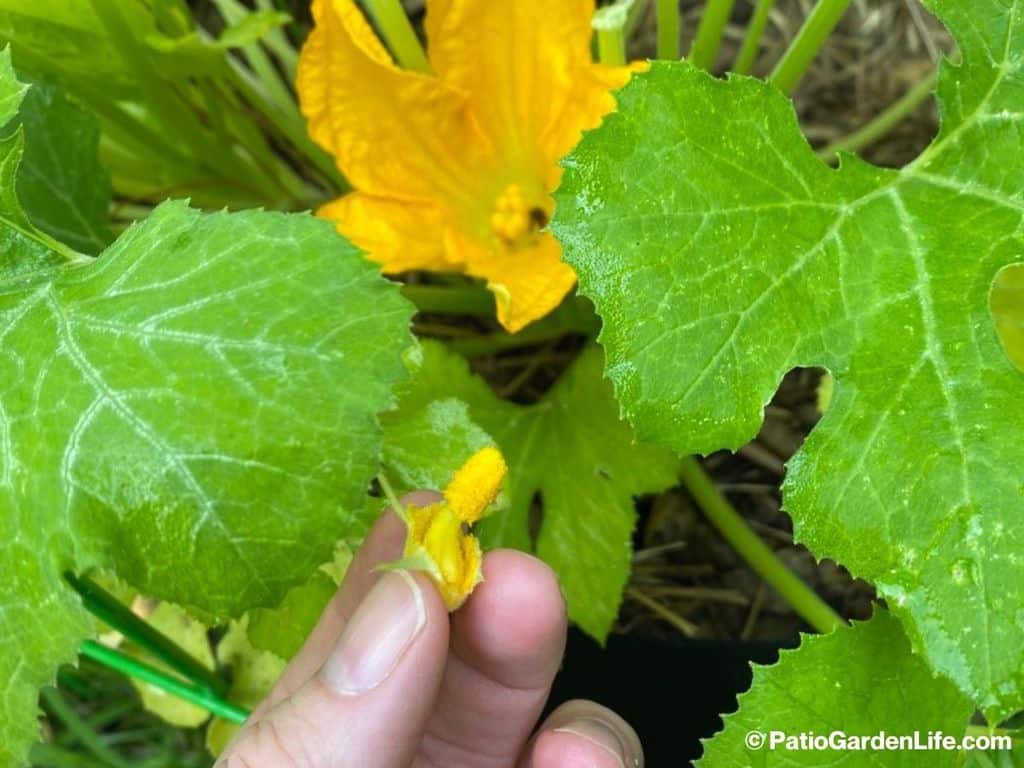
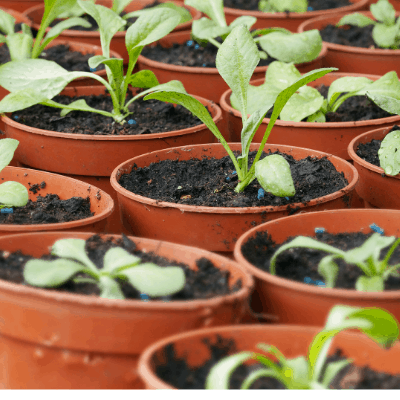
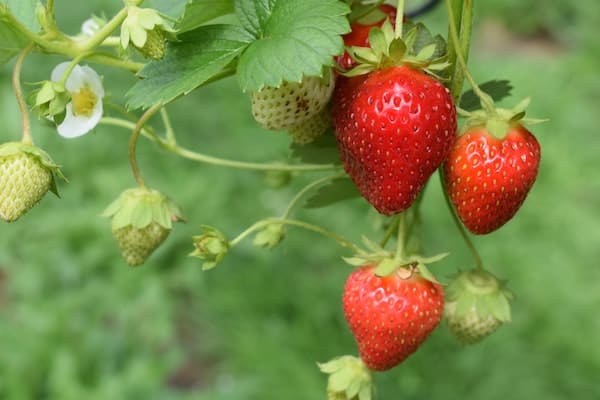
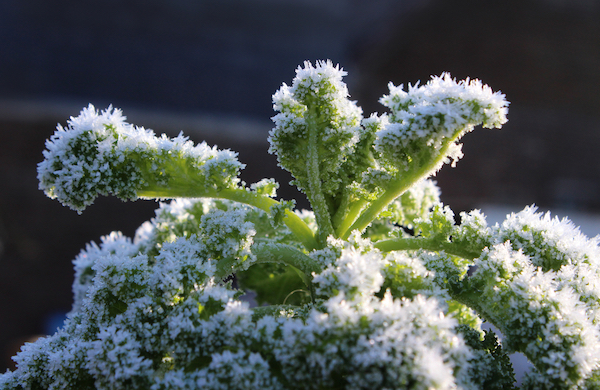
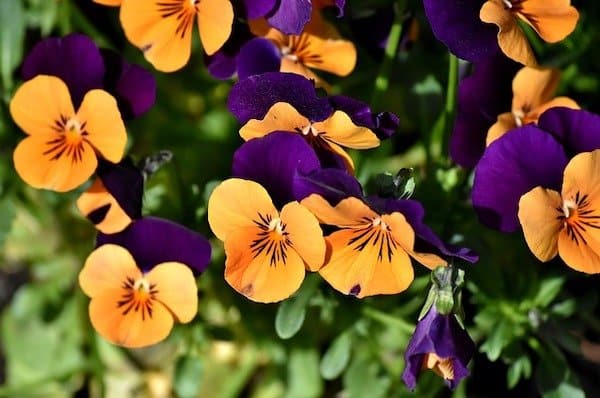
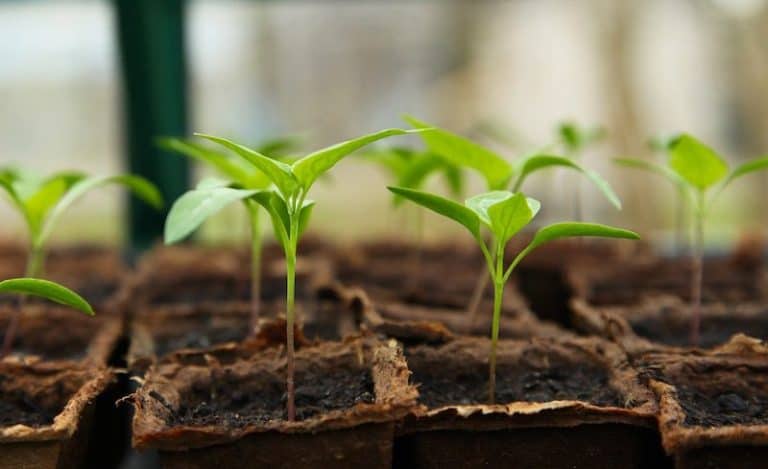
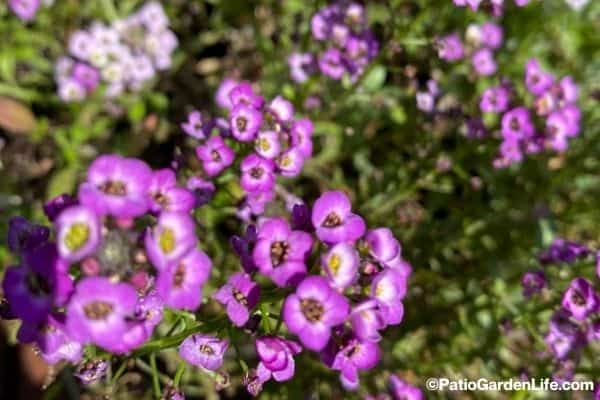
Hi, The self pollination was very informative. Especially for vegetables that are not self pollinating. On my tomatoes and other self pollinating plants I use a tuning fork. It works great.